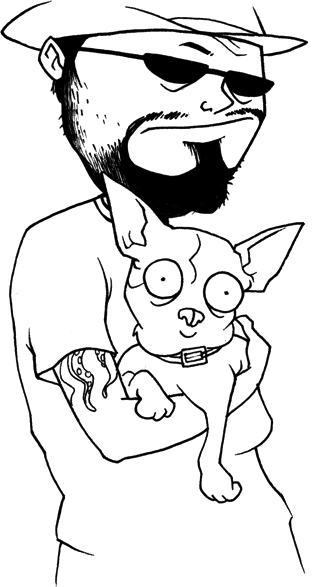On Seeding Communities
I wrote this in response to this question on Branch but I’m having technical difficulties posting it there, so…
Greetings from the Lake of Bays in Ontario, Canada, where I’m on a family vacation. I’m taking a moment out to write this and will post it when the (very intermittent) internet connection appears. Life is slower here on the lake, so forgive me if I ramble.
I’d like you to hold two slightly contradictory thoughts in your head at once for a few minutes. They are: 1. One of the best things you can do for a new community is seed it with good stuff. And: 2. One of the worst things you can do to your community is lie.
People make their first impressions quickly and hold them forever. This is no surprise and there’s all kinds of social science to back it up. What this means for a virtual community space is that the first “content” the user sees will form the user’s definition of the place forevermore. This first-viewed content will do more to drive future behavior than any interface decision, any set of rules. Starting off with excellent example content is the single biggest factor in predicting the quality of future contributions (at least, that you can control).
As the same time, my number one rule for community building is: Do Not Lie. The internet is very good at ferreting out liars. Community building is all about trust, and once you lose trust, it’s gone forever. Do not lie to your community. Ever.
So the question becomes: Is fabricating members to seed a community space lying? Can you lie to a community when there’s no community there yet? And how bad is that lie compare to the good of having example content?
I find that when I’ve been asked questions like these, the person is usually just seeking permission to lie. As in: It’s okay to lie in the beginning, right? To which I respond with a question of my own: Would you like to find out one of your relationships was based on a lie? Communities are sets of real relationships, and building a relationship on a foundation of lies is never a good technique.
So my opinion is, yes, you have to seed content, and no, you should not make up fictitious members to do it.
Instead, curate your early members. Invite people to join. Tell them exactly why they’re being invited, what you’re trying to build, and how important their participation is to you. Do not invite Robert Scoble – invite your mom, your non-tech friends, people you know have something to contribute. Go to where they congregate already and participate. If you’re not a member of this community, hire someone who is.
Then edit their contributions. Revise. Perfect. There is absolutely nothing wrong with working directly with your first members (no lying involved). My background is in journalism, so I’ve always been comfortable telling people what we need and editing their work when it comes in. If you’re not comfortable doing this, hire someone who is.
The benefit of involving real, not-made-up people as your first users, in addition to not having to lie, is also that they’ll give you real feedback. You’ll find out quickly where people are getting lost, or misunderstanding the tools.
The “ghost town” problem is a real concern – a site with many social tools that are all unused becomes a barrier to participation because no one wants to go first. That’s why you start with your friends, relatives, and anyone else you trust. They’ll go first because you asked nicely (and it’s nice to be invited).
The other way to avoid the ghost town problem is to start with an extremely limited set of community tools. Any good startup will have a long list of social tools they’ll want to enable eventually, but start with one. Just one. It’s okay if it makes the site look thin. Start with one and let people start to use it. Then add in others one by one. By starting with a shallow toolset, you’ll avoid the ghost town problem and help early users know what to do.
When Heather and I started JPG Magazine, we put all of this into practice. We participated in the photography community ourselves, so when we needed our first users, we asked our friends and photobloggers we looked up to. The first version of the site had no public tools – it all happened privately. Slowly, we made more and more public, until finally we had a thriving site with lots of community tools. The core thing we did right, I think, was really being participants in the community before starting the site at all, so its growth was seen as something we were all doing together, instead of some kind of interloper.
My nephew informs me that working while on vacation is “wrong” so I’m afraid I must go now. Hope this helped.
